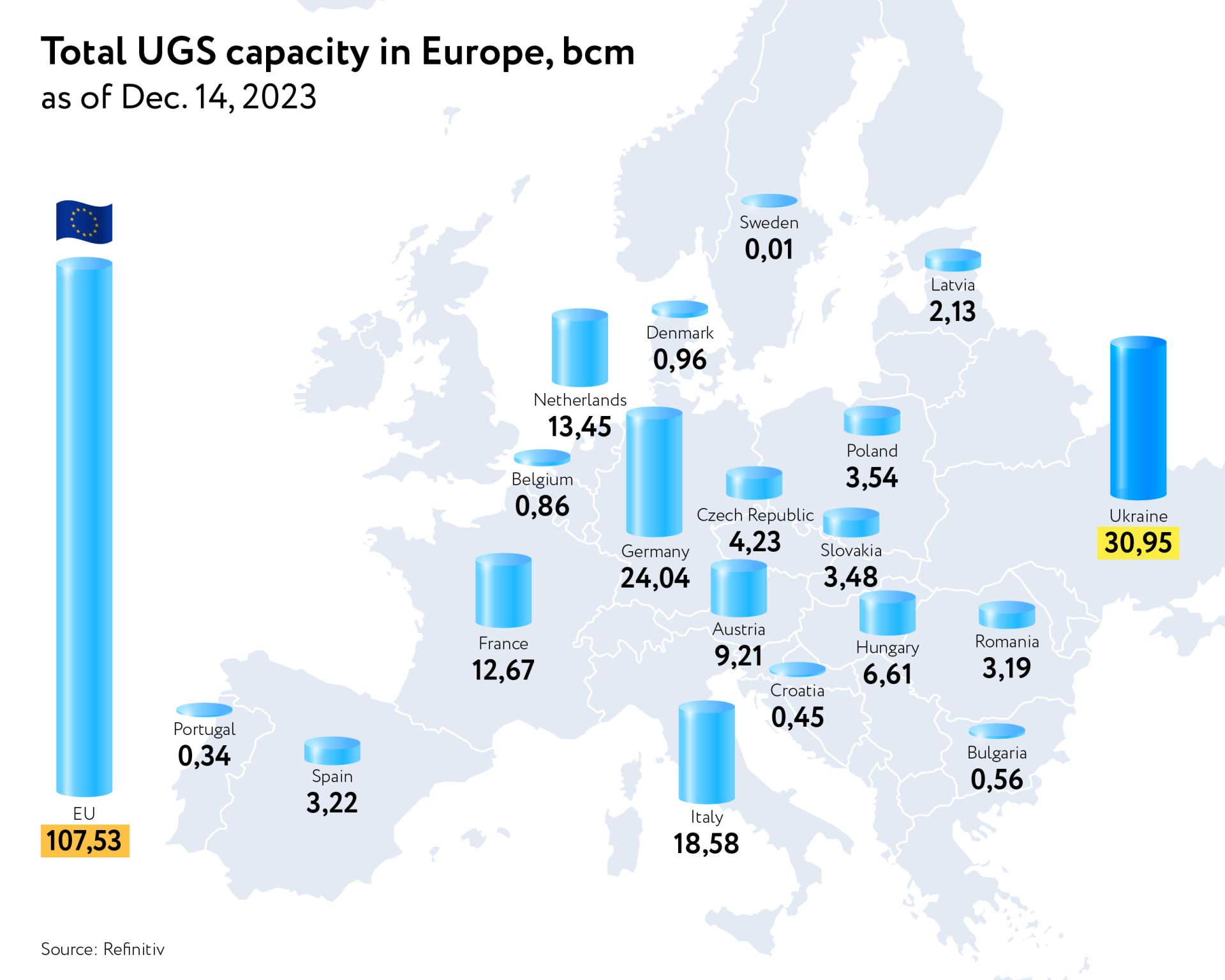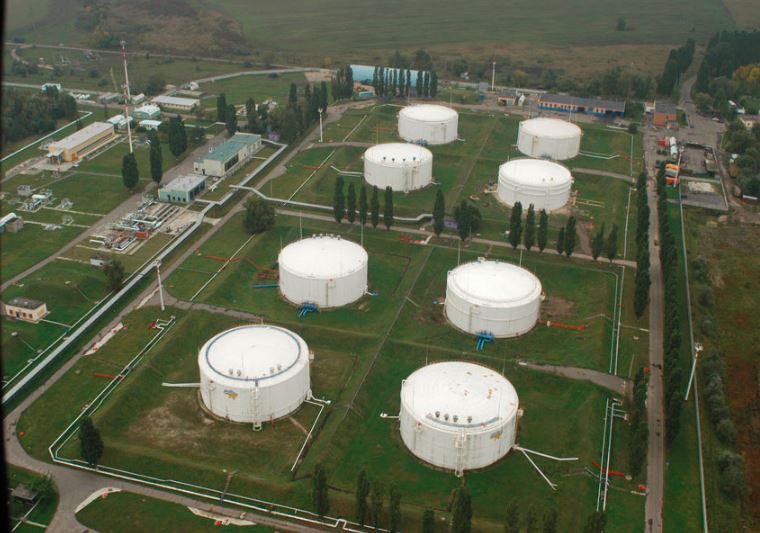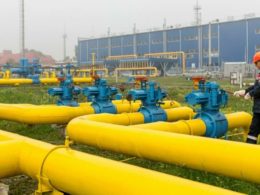
Energy crisis in the EU
In 2022, the EU was hit by an energy crisis: natural gas prices rose to record highs as Russia cut supplies. European countries previously depended on direct gas supplies from Russia and lacked sufficient gas storage capacity. Storage facilities in the EU reached almost maximum capacity in mid-October, and Ukraine became an alternative for storing gas destined for neighboring countries. Ukraine has also offered incentives such as cheap storage tariffs and a three-year duty exemption, which will make it easy to reimport gas to the EU. Most of the gas storage tanks are located deep underground in the west, far from the front line. Ukraine has offered foreign customers up to ten billion cubic meters, one-third of Ukraine's capacity, in addition to 115 billion cubic meters of storage in the EU.Ukraine's gas storage facilities
Ukraine has Europe's largest gas storage capacity, necessary for the EU to reduce price volatility and secure energy needs, especially after the energy price fluctuations following the war that started in February 2022. Ukraine's storage facilities total a capacity of 31 billion cubic meters (bcm) across 11 underground facilities. Naftogaz can offer 10 bcm of this capacity to EU countries, potentially extending to 15 bcm, which would be a significant addition to the EU's gas storage capacity. The majority of this capacity, about 25 bcm or 80% of Ukraine's total gas storage, is located in western Ukraine, near the borders with Poland and Slovakia, in facilities such as Bilche-Volytsko-Uherske, Dashavske, Uherske, Oparske, and Bohorodchanske. The Bilche-Volytsko-Uherske facility, in particular, is the largest in Europe and can store 17.05 bcm of gas, offering significant stockpiling capabilities and connection to the EU grids.
Related:
The majority of this capacity, about 25 bcm or 80% of Ukraine's total gas storage, is located in western Ukraine, near the borders with Poland and Slovakia, in facilities such as Bilche-Volytsko-Uherske, Dashavske, Uherske, Oparske, and Bohorodchanske. The Bilche-Volytsko-Uherske facility, in particular, is the largest in Europe and can store 17.05 bcm of gas, offering significant stockpiling capabilities and connection to the EU grids.
Related:
- The secret Soviet council which established the Kremlin’s gas monopoly on Europe
- Ukraine’s state company opened 58 new gas wells in 2023, making Ukraine independent from gas imports




